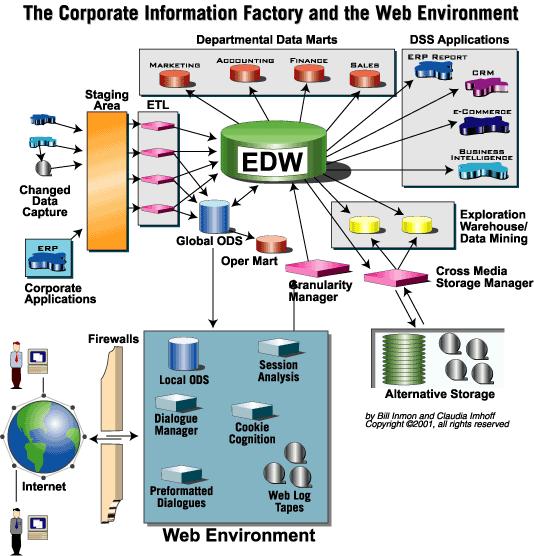MVCC (Multi-Version Concurrency Control) is a concurrency control method used by PostgreSQL to ensure consistent data access for multiple users concurrently. It allows multiple transactions to interact with the database without interfering with each other by maintaining multiple versions of the data. MVCC provides isolation between transactions, ensuring that one transaction’s operations do not block or affect the operations of other transactions.
This system ensures that:
- Readers do not block writers.
- Writers do not block readers.
In essence, MVCC enables transactions to access data in a consistent state without locking mechanisms that could degrade performance in multi-user environments.
How Does MVCC Work in PostgreSQL?
In MVCC, PostgreSQL keeps track of multiple versions of a record (row). When a transaction modifies a row, PostgreSQL creates a new version of the row without overwriting the existing version. These versions allow PostgreSQL to provide consistent views of the data to different transactions.
Here’s a more detailed breakdown of how it works:
1. Tuple Versioning:
- Every row in a table is called a tuple, and each tuple has two hidden system columns:
xminandxmax.xmin: The ID of the transaction that inserted the row.xmax: The ID of the transaction that deleted the row or updated it (since updates are essentially delete + insert).
- These values help determine the visibility of each tuple to ongoing transactions. A tuple is visible to a transaction if:
- The tuple’s
xminis less than or equal to the transaction ID of the current transaction. - The tuple’s
xmaxis either not set (for unmodified rows) or greater than the transaction ID (for rows not yet deleted or modified).
- The tuple’s
2. Visibility Rules:
- For Read Operations:
- When a transaction reads a table, it only sees tuples that are valid at the start of the transaction. This is possible because MVCC tracks when each row was created and when (or if) it was deleted or modified. A reader sees the version of the row that was committed before the transaction started.
- For Write Operations:
- When a transaction updates or deletes a row, it doesn’t overwrite the existing row. Instead, a new version of the row is created with a new
xminvalue (for updates), or thexmaxof the old version is set to the current transaction’s ID (for deletes). This ensures that other transactions that began before the update/delete operation can still see the old version of the row.
- When a transaction updates or deletes a row, it doesn’t overwrite the existing row. Instead, a new version of the row is created with a new
3. Concurrency Without Locks:
- Readers Do Not Block Writers: A SELECT query doesn’t block INSERT, UPDATE, or DELETE operations. A reader only sees committed versions of rows as of the transaction’s start time, without being affected by ongoing changes.
- Writers Do Not Block Readers: A writer creates a new version of the row (for UPDATE or DELETE), but readers can still access the old version, ensuring uninterrupted reads.
4. Transaction Isolation:
PostgreSQL supports multiple isolation levels, and MVCC plays a crucial role in managing them:
- Read Committed: A transaction sees only the rows committed at the start of each query, meaning it can see changes made by other transactions if they commit before its query is executed.
- Repeatable Read: A transaction sees a snapshot of the database as it was at the start of the transaction, ensuring that queries always return the same result within a transaction, even if other transactions commit changes.
- Serializable: This level ensures that transactions are executed as if they were serialized, preventing race conditions or anomalies.
5. VACUUM and Autovacuum:
- Since PostgreSQL maintains multiple versions of rows, these versions must eventually be cleaned up to reclaim space.
- The VACUUM process removes tuples that are no longer visible to any transaction (i.e., old versions of rows that are no longer needed). This is particularly important to avoid table bloat.
- PostgreSQL has an autovacuum process that runs automatically in the background to perform this cleanup periodically without requiring manual intervention.
6. Write-Ahead Logging (WAL):
- While MVCC manages multiple versions of data in memory and on disk, PostgreSQL uses WAL (Write-Ahead Logging) to ensure that changes are written to disk in a way that supports crash recovery. WAL ensures data integrity in case of a failure by logging changes before they are applied.
Example of MVCC in Action
Let’s walk through a simplified example:
- Transaction A starts and selects a row from the table where the value is
x = 10. This transaction is operating on the current version of the row (say, version 1, withxmin = T1andxmax = NULL). - Transaction B starts and updates the row, setting
x = 20. However, instead of overwriting the row, PostgreSQL creates a new version of the row (version 2, withxmin = T2). Thexmaxof version 1 is set toT2to indicate that version 1 has been updated. - Transaction A still sees the old version (with
x = 10), because its snapshot was taken before Transaction B’s changes. - Transaction C starts after Transaction B commits. Transaction C will see the new version of the row (with
x = 20) because it was committed before Transaction C started. - If Transaction B rolls back, the new version of the row (
x = 20) is discarded, and Transaction C would still seex = 10.
Benefits of MVCC
- High Concurrency: By eliminating locks for read operations, MVCC allows many users to read and write data concurrently, improving performance in high-traffic environments.
- Data Consistency: Each transaction sees a consistent snapshot of the data, ensuring that reads within a transaction are not affected by other concurrent operations.
- Reduced Deadlocks: Since readers and writers don’t block each other, the risk of deadlocks is reduced.
Summary
MVCC (Multi-Version Concurrency Control) in PostgreSQL is a mechanism that allows multiple transactions to interact with the database concurrently without blocking each other. By maintaining multiple versions of a row, it ensures consistent reads, high concurrency, and robust transaction isolation without the overhead of locking, while tools like VACUUM clean up outdated row versions in the background.









